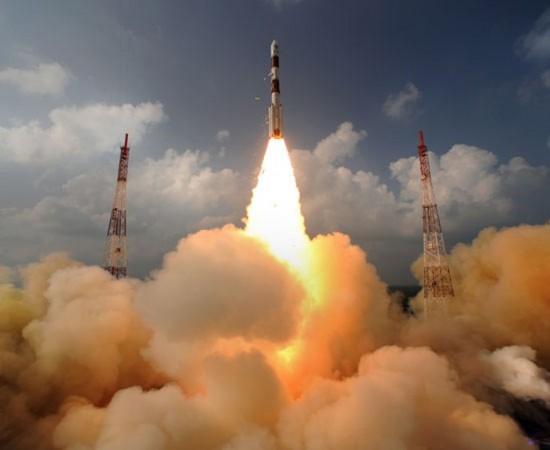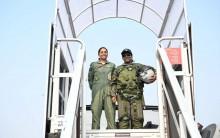
The Indian Space Research Organisation (ISRO) on Saturday morning pushed the Orbiter higher in space towards Mars. The orbit was raised from 31,450 kilometres (at farthest point from Earth) to 71,636 kilometers at 2:10 a.m.
"The 440 Newton Liquid Engine was fired for 707 seconds to complete the manoeuvre," said a release from ISRO. The scientists at the Spacecraft Control Centre at ISRO Telemetry, Tracking and Command Network (ISTRAC) in Bangalore are monitoring, commanding, navigating and controlling the spacecraft.
The second orbit was raised from 11,372 kms to 40186 kms at 2.18 a.m on November 8 and the first one was raised from 5,275 kilometres apogee to 28,82,5 kms on early hours of November 7.
The scientists will perform five more such orbit raising manoeuvres this month. The final manoeuvre on December will send the Orbiter on Mars Transfer Trajectory. During this exercise, the spacecraft will be leave the Earth's orbit enter into sun-centric orbit. The Orbiter will then go around sun on its approach track to Mars for nine months.
The spacecraft will then be reoriented to enter the Martian orbit on September 24 next year. ISRO scientists have planned to set the spacecraft in an orbit of 377 km periapsis (nearest point from the red planet) and 80,000 km apoapsis (farthest point). While the nearest point will be tracked by the deep space network in Bangalore, the farther side will be tracked by NASA's Jet Propulsion Laboratory.
If the Orbiter successfully enters the Martian orbit, the five scientific instruments on board will be activated to initiate studies on morphology, mineralogy and atmosphere of the Martian surface.















